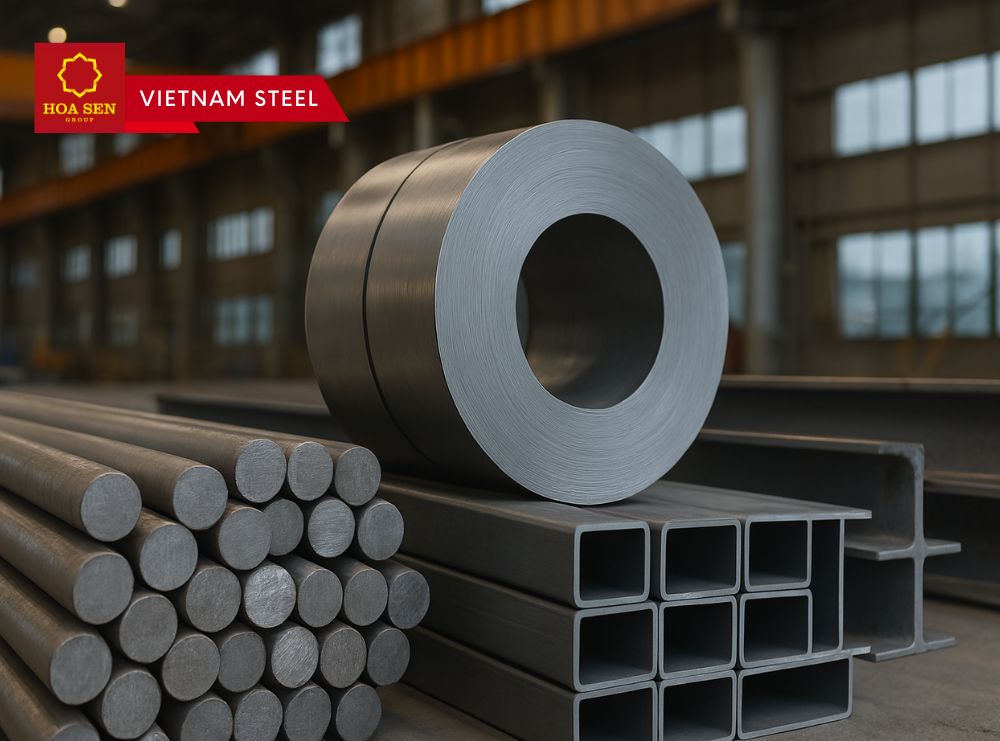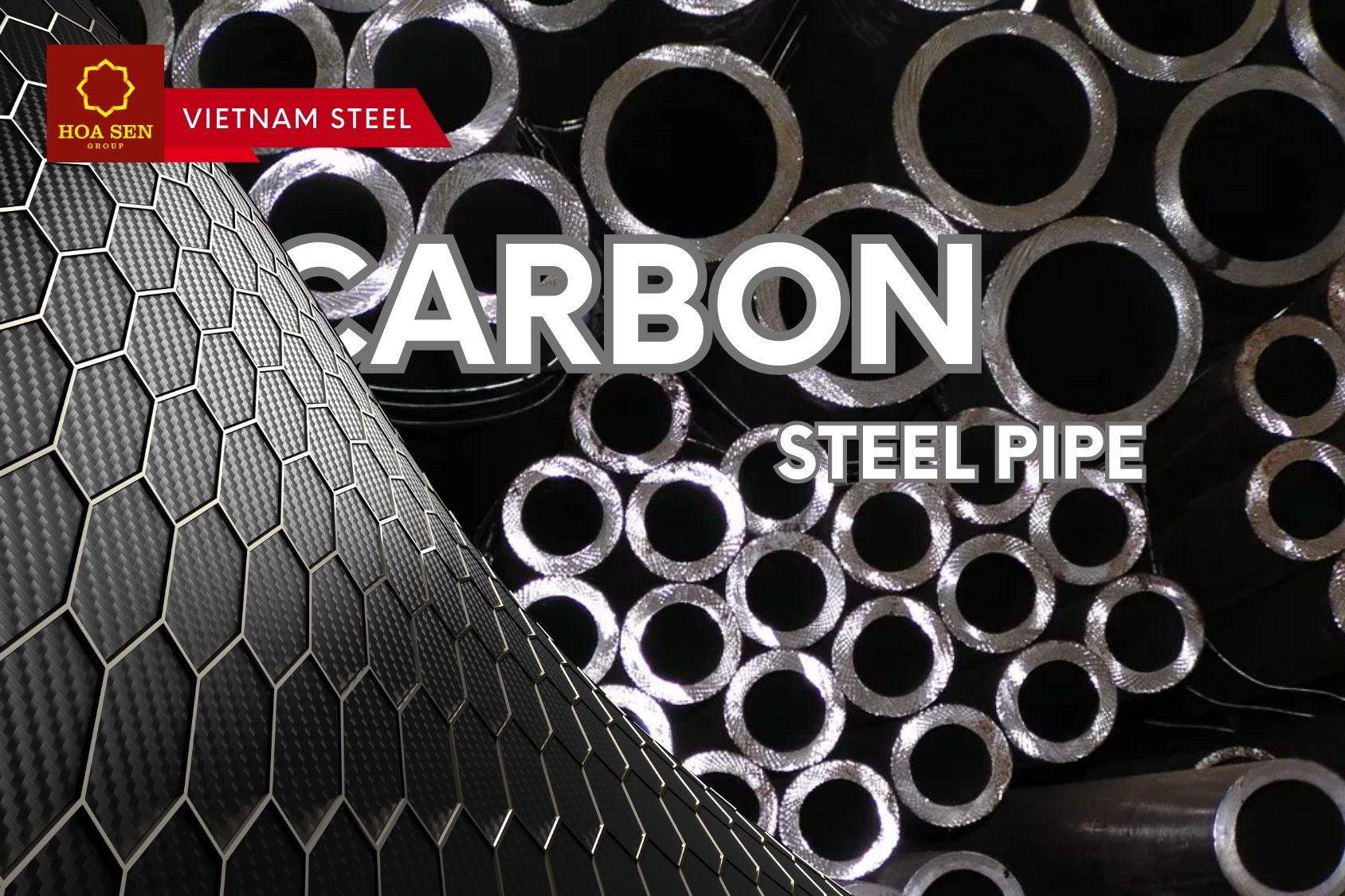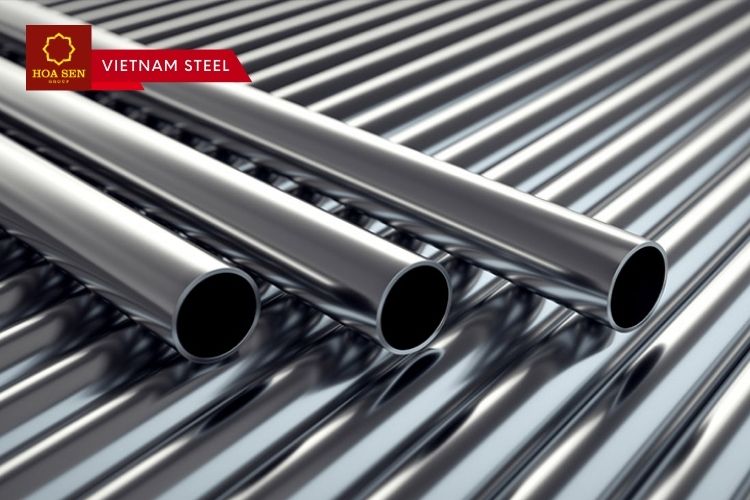Steel is an essential material in many sectors, including construction, manufacturing, engineering, and even everyday products. However, it is not a one-size-fits-all material. Steel comes in a wide range of grades and classifications, each with unique chemical compositions and mechanical properties suited to different applications. For anyone involved in selecting materials—whether you're a builder, an engineer, a student, or simply a curious reader—understanding steel grades is crucial.
This article provides a detailed explanation of the most common steel types, their distinct properties, and practical advice on how to select the appropriate grade based on usage requirements.
1. What Are Steel Grades
Steel grades are standardized categories that classify steel based on specific attributes such as chemical composition, mechanical strength, resistance to wear or corrosion, and manufacturing process. These grades are typically defined by international standards such as ASTM (American Society for Testing and Materials), JIS (Japanese Industrial Standards), and EN (European Norms), ensuring consistency in quality across global markets.
The classification of steel grades allows manufacturers and buyers to clearly identify the most suitable material for a particular application. The factors that usually influence grading include the percentage of carbon and other alloying elements, as well as properties like tensile strength, ductility, and corrosion resistance.
2. Types of Steel and Their Properties
2.1 Carbon Steel
Carbon steel is one of the most widely used steel types due to its affordability and broad utility. It contains varying levels of carbon and very few other alloying elements. The amount of carbon present directly influences its hardness and strength.
What is Carbon Steel?
Low-carbon steel, often referred to as mild steel, is relatively soft and easy to form or weld, making it ideal for construction components and general-purpose applications. Medium-carbon steel offers a balance between strength and flexibility, often used in automotive parts and machinery. High-carbon steel is extremely hard and wear-resistant, which makes it suitable for tools and cutting instruments, although it becomes more brittle.
Because of its cost-effectiveness and versatility, carbon steel is commonly used in building structures, pipelines, rebar, and structural components.
2.2 Stainless Steel
Stainless steel is known for its excellent resistance to rust and corrosion. This is primarily due to the presence of chromium—typically at least 10.5%—which forms a passive oxide layer on the surface of the steel, protecting it from environmental damage.
What is Stainless Steel?
In addition to corrosion resistance, stainless steel also offers aesthetic appeal, high tensile strength, and ease of cleaning, which is why it is widely used in environments that require hygiene and durability. These include kitchens, medical facilities, food processing plants, and coastal or marine applications.
There are various types of stainless steel (such as austenitic, ferritic, and martensitic), each offering slightly different performance characteristics depending on the additional elements included, like nickel or molybdenum.
2.3 Alloy Steel
Alloy steel is a category of steel that contains one or more alloying elements beyond carbon, such as manganese, chromium, nickel, or vanadium. These elements are added to enhance certain properties like strength, hardness, toughness, or resistance to wear and corrosion.
The flexibility in its composition allows alloy steel to be engineered for high-performance applications. It is often used in the production of gears, shafts, pressure vessels, and components subjected to extreme stress or high temperatures. For this reason, alloy steel plays a critical role in heavy machinery, automotive engineering, and power generation.
The specific blend of elements determines whether the alloy steel is classified as low-alloy or high-alloy. High-alloy steel typically contains a greater percentage of added elements and is used in more specialized applications.
2.4 Tool Steel
Tool steel is designed specifically for manufacturing tools and dies. It is characterized by its exceptional hardness, resistance to abrasion, and ability to retain a sharp cutting edge even under high heat.
This type of steel often contains elements such as tungsten, molybdenum, and vanadium, which contribute to its heat resistance and strength. Tool steel is used in the production of cutting tools, molds, drill bits, and industrial equipment that must maintain precision and durability in challenging conditions.
Due to its high hardness and strength, tool steel is more difficult to work with compared to other steel types, but it is indispensable in applications requiring high performance under stress.
3. How to Choose the Right Steel Grade
Selecting the appropriate steel grade begins with understanding the functional demands of the application. If the steel will be exposed to moisture or chemicals, stainless steel may be the best choice due to its corrosion resistance. For structural components where strength is essential but corrosion is less of a concern, carbon steel could be more suitable.
In high-stress environments or applications involving wear and tear, alloy steel provides added durability. Meanwhile, tool steel is optimal for cutting, forming, or machining applications that require long-lasting sharpness and precision.
It is also important to consider factors such as:
-
Weldability: Some steel types are easier to weld than others.
-
Formability: Projects requiring bending or shaping may benefit from mild steel or low-alloy options.
-
Cost and availability: Budget constraints and supply chain considerations often influence material choice.
-
Industry standards: For regulated industries, compliance with international standards (ASTM, JIS, EN, etc.) is essential.
In all cases, consulting with a materials engineer or trusted supplier can help ensure that the steel grade chosen is appropriate for the intended use.
Conclusion
Understanding steel grades is fundamental to making informed decisions in any context where steel is used. Each type of steel offers specific advantages depending on its composition and intended purpose. By learning the differences between carbon, stainless, alloy, and tool steel, individuals and businesses alike can select materials that optimize performance, longevity, and value.
As part of its commitment to knowledge sharing and product excellence, Vietnam Steel offers resources and expert guidance to help clients and partners navigate the complexities of steel selection.
Vietnam Steel by Hoa Sen Group



